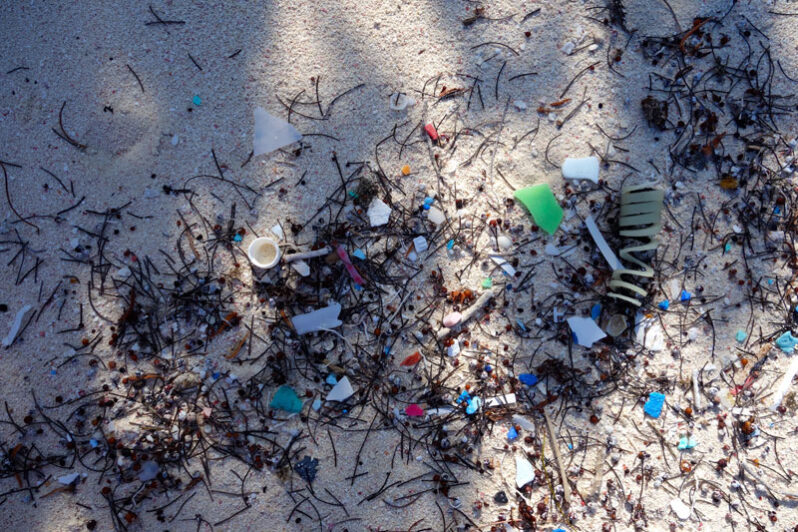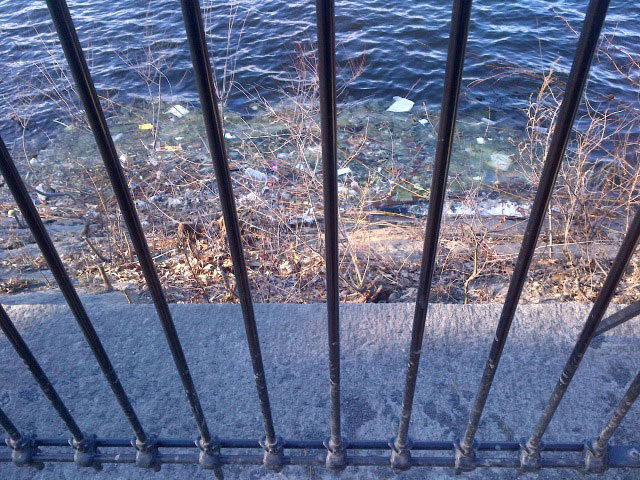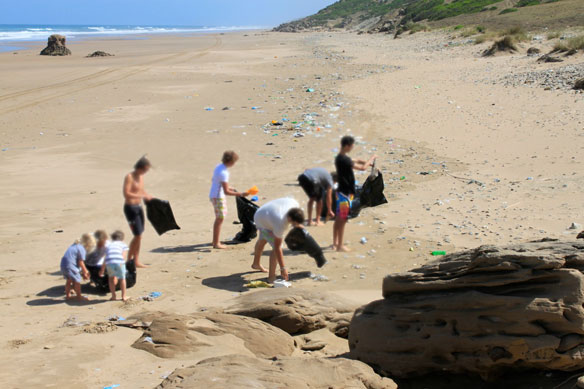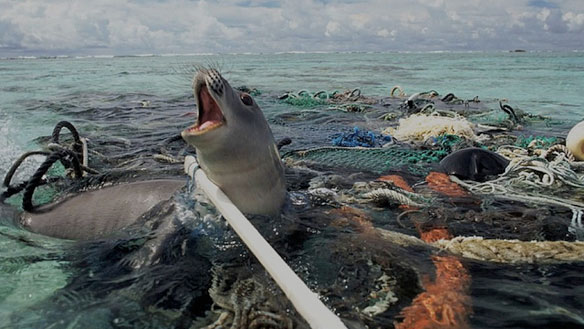Plastic Waste During The Time Of COVID-19

Concern about safety and cross-contamination has caused statewide repeals of single-use plastic bans and this has translated into a heightened demand for bottled water, PPE, plastic bags and packaging. But results of an experiment recently published in The New England Journal of Medicine indicate that the coronavirus might actually persist longer on plastics than on other materials.
Changing the tides

What began as one man on an cleanup mission has grown into one of the US’s most impactful river initiatives.
Polynesian sailing vessels are being used to clean up microplastics

Pacific Islanders are banding together to bring attention to the tons of plastic waste washing up on once-pristine shores.
Yet Another Consequence of the Pandemic: More Plastic Waste

This new normal means mountains of single-use plastic—and few places to put it but the dump.
Plastics Still Manage to Reach the End of the World.One Organization Is Trying to Make Sure Polluters Are Held Responsible

Over the course of a six-week expedition aboard a Greenpeace research vessel earlier this year, Borowicz and his fellow scientists collected approximately 3 metric tons of garbage from Antarctic beaches.
Litter problem at England’s protected coasts

Beaches in or near England’s Marine Protected Areas (MPAs) have the same levels of litter as those in unprotected areas, new research shows. The study used 25 years of beach cleanup data.
Scientists predict the size of plastics animals can eat

A team of scientists at Cardiff University has, for the first time, developed a way of predicting the size of plastics different animals are likely to ingest.
Underwater avalanches are trapping microplastics in the deep ocean

A collaborative research project between the Universities of Manchester, Utrecht, and Durham, and the National Oceanography Centre has revealed for the first time how submarine sediment avalanches can transport microplastics from land into the deep ocean.
Microplastics found in a quarter of San Diego estuary fish

Nearly a quarter of fish collected from a San Diego stream contain microplastics. The study, which examined plastics in coastal sediments and three species of fish, showed that the frequency and types of plastic ingested varied with fish species and, in some cases, size or age of fish.
